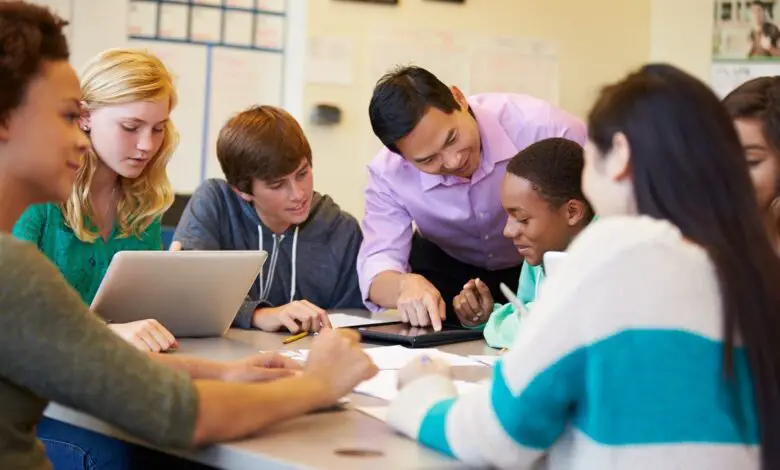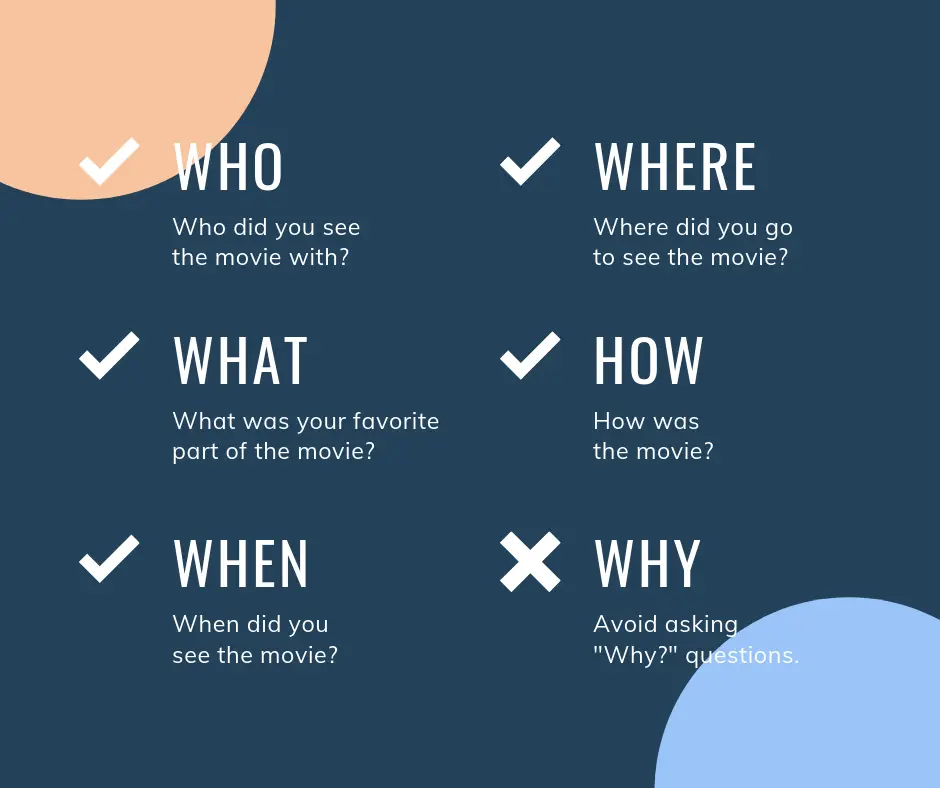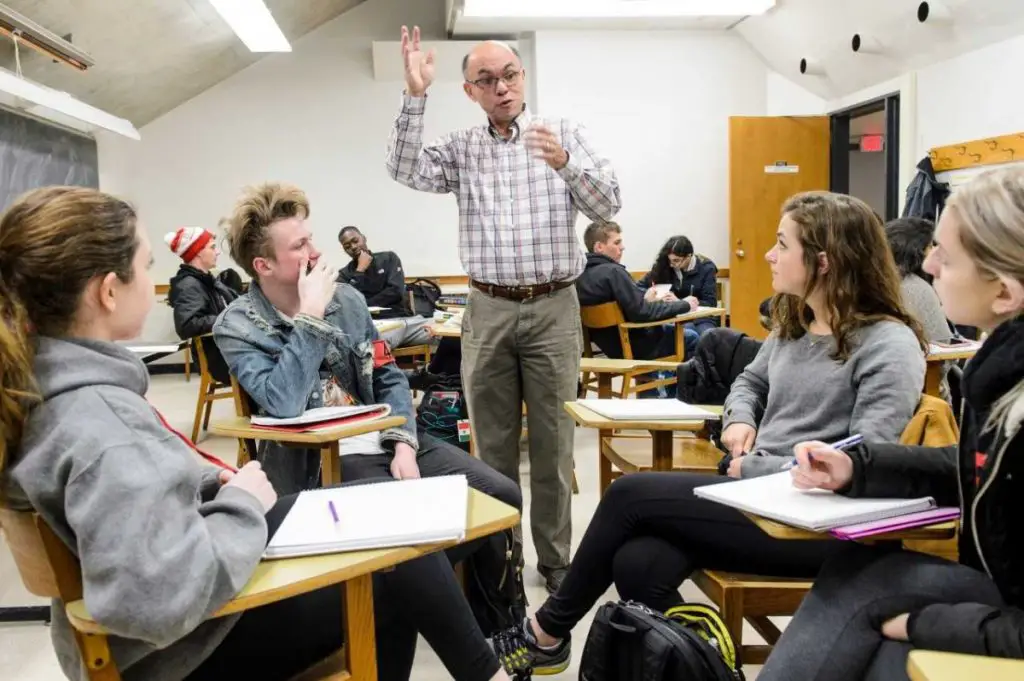7 Interactive Classroom Activities For College Students

The focus of interactive classroom activities is to get the students involved in the learning process. This can be achieved in different ways, including teacher-to-student interactions and student-to-student interactions.
The focus of interactive classroom activities is to get the students involved in the learning process. This can be achieved in different ways, including teacher-to-student interactions and student-to-student interactions.
Though homework also aims to involve students in the learning process, it has been proven to be far less effective than interactive activities students can participate in during the class. Moreover, most of the assignments students get can be easily delegated to a similar professional essay and paper writing service, thus, rendering homework assignments widely ineffective.
On the other hand, the interactions help students to become active members of the classroom. It also helps them to practice independent thought, which can trigger long-term memory retention. Other benefits include improved interest in the classroom, development of the camaraderie spirit, and a better understanding of the freedom of expression.
The interactions help students to become active members in the classroom. It also helps them to practice independent thought, which can trigger long-term memory retention. Other benefits include improved interest in the classroom, development of the camaraderie spirit, and a better understanding of the freedom of expression.
7 Interactive Classroom Activities For College Students
1. Open-ended Questions

Open-ended questions are specifically designed to draw answers from the students and get them into a conversation. You can carefully plan them or devise random questions depending on the nature of the class.
The questions don’t have to be specifically on the topic of discussion for a class session. They typically begin with the following:
- What do you think..?
- What is…?
- What might happen?
- How do you feel about…?
- How did you arrive at….?
- What has been the…?
When using this approach, it is common to find the more outspoken students dominating the conversation. Encourage participation from some of the more reserved students.
2. Buzz Session

In a buzz session, the students are divided into various groups to discuss a specific topic. Each member of the group has to contribute to the discussion, so encourage collaboration and discussion among the participants. Emphasize the need to learn from each other’s inputs, ideas, etc. If you find that a group is at a loss on how to kick off the conversations, give them some relevant talking points to get them going.
3. The One-minute Paper

This activity is typically preserved for the end of a class. Ask students to write down the biggest thing they learned during the class or the most nagging question they have. The focus of this activity is to help the students to reflect on the lesson.
However, it will also give you a peek into how they have understood the lesson, and any misunderstandings they might have. You can use the information from this exercise to form the base of your next class.
4. Mystery Quotation

With a mystery quotation, you can test how well students can employ their knowledge of a concept to dissect a theoretical position. It is another activity also commonly used at the end of a class. Show the students a quotation around the same concept they have just learned.
The task is to figure out if the quote is right or wrong, as well as the point of view of the individual behind the quote. You can split students into small groups so they can hold conversations on it, before kicking off a class-wide discussion.
5. Peer Review

This process is all about students critiquing their work. After they have completed a proposal, report, or an essay, get them to swap their work, and then come up with constructive criticisms of the work done. However, you need to set the ground rules.
The students need to know what to look for in the completed work. It could be compelling arguments, unanswered questions, plot holes, general grammar, presentation, etc. It is also important to ensure that they all understand that the activity isn’t a time to display animosity. Many students are scared of hearing criticism from their classmates, so they will resort to my essay services, so make sure that the assignment is not too difficult and that the task is well explained.
6. Case Studies and Problem-based Learning

In case studies and problem-based learning, students have to apply the concepts they’ve just learned to a real-world scenario. The problem is presented in a narrative form, and students get materials that can help in solving the problem. The activity can be completed individually, in small groups, or by the whole class.
When designing this activity, use guiding questions that can trigger critical thinking in the student. They should be able to distinguish between facts and assumptions, as well as show a proper understanding of the process involved in solving the case study.
7. Ice Breakers

These interactive classroom activities have little riding on them. The goal is to get the students talking to each other and make classroom interactions less awkward. They are best used at the start of a semester when students are yet to strike off in pairs.
Simple activities such as asking the students to introduce themselves to each other or discuss how the lessons in a subject can help in their career are good examples of ice breakers. At the end of the exercise, students will feel a sense of community, be more familiar with the different personalities of students in the classroom, and may also gain new perspectives on the class they are about to take.
Conclusion
For college students, interactive classroom activities can go a long way in shaping reception for a lesson. Go over the options and employ the ones that are most relevant to your class. For the options that require planning, such as case studies and problem-based learning, spend enough time on the preparation to ensure all the salient angles are covered.



